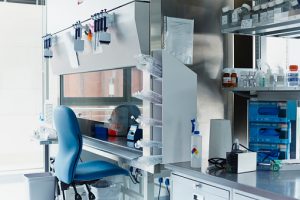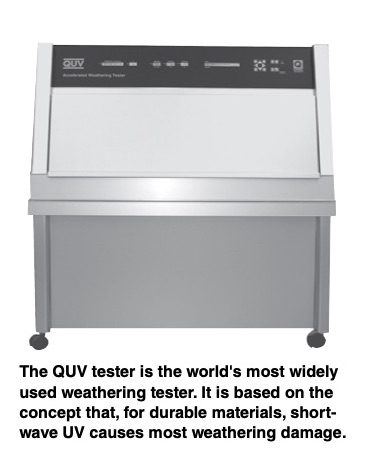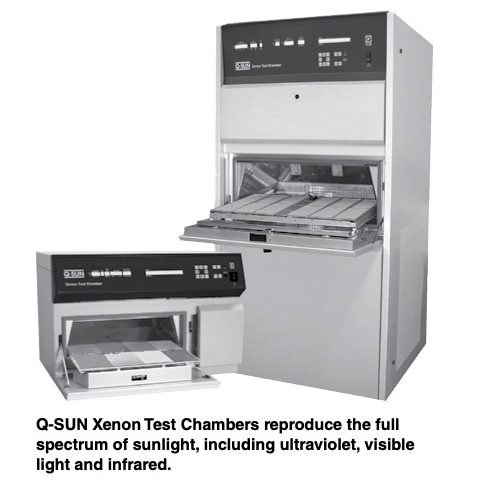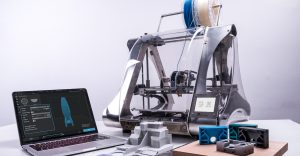
5 Factors to consider when setting up a laboratory
Starting a new lab is an exciting venture, full of promise, creativity, and new discoveries. It’s also not the easiest thing to accomplish. Considerable deliberation goes into starting a lab, including mountains of paperwork and countless decisions that you need to make. Here are some factors to consider when starting a laboratory that can help it become more productive, efficient, and above all, successful.




